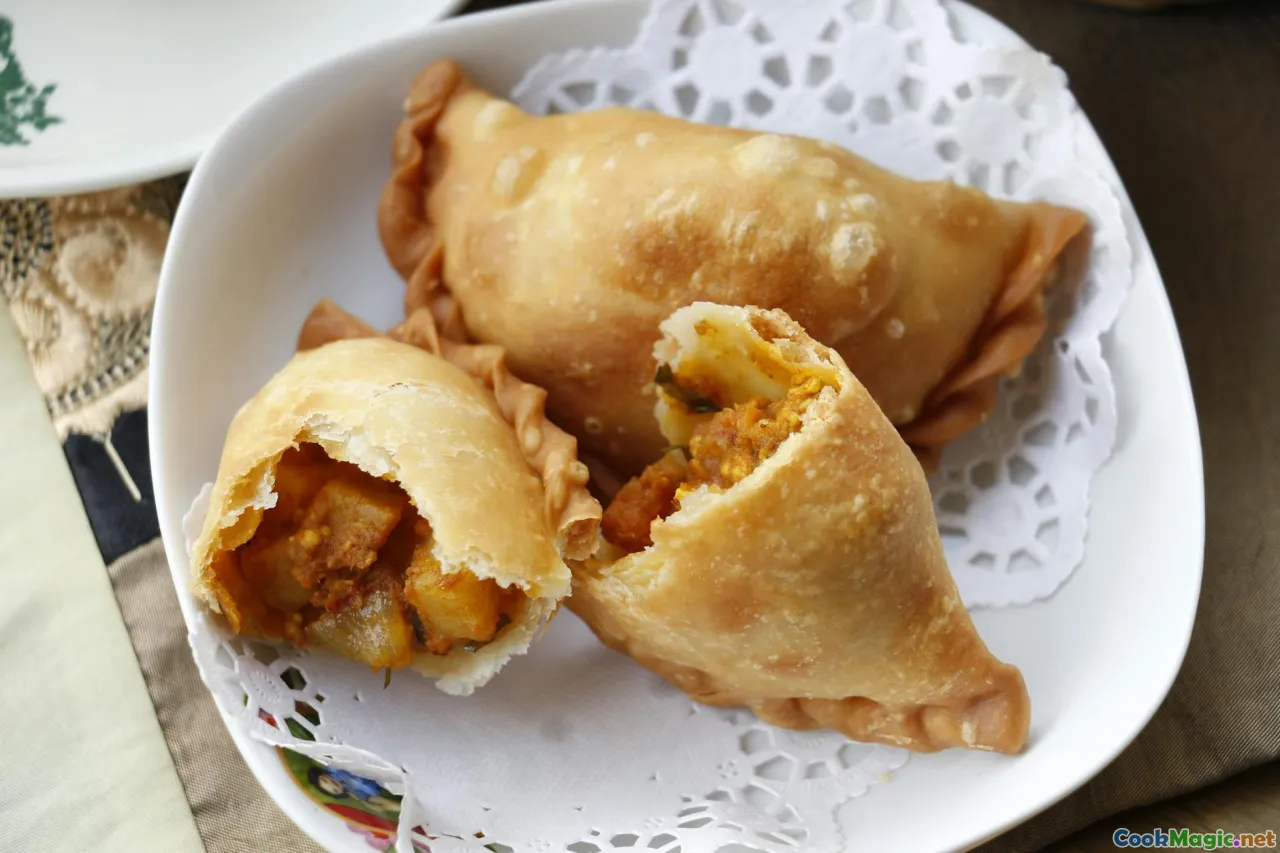Understanding Laksa From Assam to Curry Variations
7 min read Explore the rich tapestry of Laksa and its curry variations, from Assam to Malaysia, uncovering history, flavors, and cultural significance. April 25, 2025 17:00
Understanding Laksa From Assam to Curry Variations
Imagine a steaming bowl of Laksa, its fragrant broth swirling with spices, herbs, and a medley of fresh ingredients. Now, picture a different yet related culinary universe—curry-laden noodles, aromatic and hearty, spanning from the lush landscapes of Assam to the vibrant streets of Malaysia. At first glance, these dishes seem worlds apart, yet they are threads in a shared culinary tapestry, each echoing centuries of cultural exchange, migration, and local adaptation.
The Allure of Laksa: A Melting Pot of Flavors
Laksa is more than just a noodle soup; it is a sensory journey. Originating from the Peranakan or Straits Chinese communities in Malaysia and Singapore, Laksa embodies a harmonious blend of Chinese, Malay, and Indonesian influences. Its signature lies in the rich, spicy broth—either coconut milk-based (curry laksa) or tamarind-based (asam laksa)—and the vibrant accompaniments like seafood, tofu puffs, boiled eggs, and fresh herbs.
The Variations of Laksa
**Curry Laksa:**The most iconic, this variation boasts a creamy, spicy broth infused with coconut milk, turmeric, lemongrass, and galangal. It’s thick, fragrant, and envelops every ingredient with a warm embrace.**Asam Laksa:**Characterized by its tangy, fish-based broth flavored with tamarind, pineapple, and a medley of herbs, resulting in a refreshing yet complex flavor profile.**Laksa Johor:**A unique Malay adaptation with a lighter, broth-less style, often served with rice vermicelli and a different set of condiments.Vegetarian Laksa: A modern twist, replacing seafood or meat with tofu, mushrooms, and vegetable stock, appealing to health-conscious and plant-based eaters.
The Cultural Roots of Laksa
Understanding Laksa is to understand a confluence of cultures. Its evolution mirrors the maritime trade routes that connected China, India, and Southeast Asia. Chinese immigrants brought their noodle-making skills, Malay traders shared their spices, and local ingredients adapted to create new culinary identities.
In Malaysia, Laksa is a unifying dish, celebrated across states with regional variations that reflect local tastes and ingredients. From Penang’s Assam Laksa to Johor’s Laksa Johor, each version tells a story of community, migration, and adaptation.
From Assam to Curry: Tracing the Culinary Journey
While Laksa as known in Malaysia is a vibrant, complex dish, its roots can be traced back to Assam and other parts of India, where spicy, tangy, and coconut-infused curries have long been staples.
Assam’s Curry Traditions
In Assam, the cuisine is rich with fish curries, often cooked with mustard seeds, turmeric, and local herbs. The use of coconut milk is less prominent but present in coastal areas and among certain communities. The flavors are bold, with an emphasis on sourness and spice—characteristics that resonate with the flavors found in Laksa broth.
The Crossroads of Flavors
Trade, migration, and colonization facilitated the exchange of ingredients and techniques. Chinese noodle dishes traveled along trade routes, adapting to local tastes and ingredients, leading to the creation of Laksa. Meanwhile, Indian curries influenced the development of spicy, coconut-rich broths.
The Curry Connection
In many Southeast Asian countries, curries and noodle soups are intertwined. For example, Thai Kuay Teow Rad Na and Indonesian Curry Laksa share similarities in their use of spices and ingredients. The concept of simmering spices in coconut milk or turmeric-based broths is a shared culinary motif.
Sensory Experiences and Personal Reflections
Cooking and tasting these dishes evoke vivid memories and emotions. I recall the first time I tried Assam-style fish curry in a small village in northeastern India—its tangy punch and smoky aroma left an indelible mark. Later, sampling Penang’s Assam Laksa, with its sour fish broth, reminded me of that journey, yet transformed through local ingredients and techniques.
The texture of the noodles—chewy, silky, and coated with flavorful broth—combined with fresh herbs, crunchy vegetables, and tender seafood or tofu, creates a symphony of sensations. The aroma—spicy, sour, and umami—entices the senses even before the first sip.
Modern Interpretations and Culinary Fusion
Today, chefs worldwide experiment with Laksa and curry variations, blending traditional techniques with modern gastronomy. Vegan Laksa, gluten-free options, and even fusion dishes combining elements from different cuisines are gaining popularity.
In Kuala Lumpur’s bustling food markets, you can find stalls serving innovative takes—such as Laksa topped with crispy tempura or infused with Southeast Asian herbs like Thai basil and Vietnamese mint. These evolutions keep the dish vibrant and accessible.
Conclusion: A Culinary Bridge
Understanding Laksa from Assam to curry variations is a journey through history, culture, and personal experience. It exemplifies how food transcends borders, bringing people together through shared flavors and stories. Whether you prefer the creamy richness of curry laksa or the tangy punch of asam laksa, embracing these variations offers a deeper appreciation of Southeast Asia’s diverse culinary landscape.
Next time you savor a bowl of Laksa, take a moment to reflect on its roots—a testament to centuries of cultural exchange and resilience. It’s more than a dish; it’s a narrative told through spices, noodles, and the universal language of comfort food.









